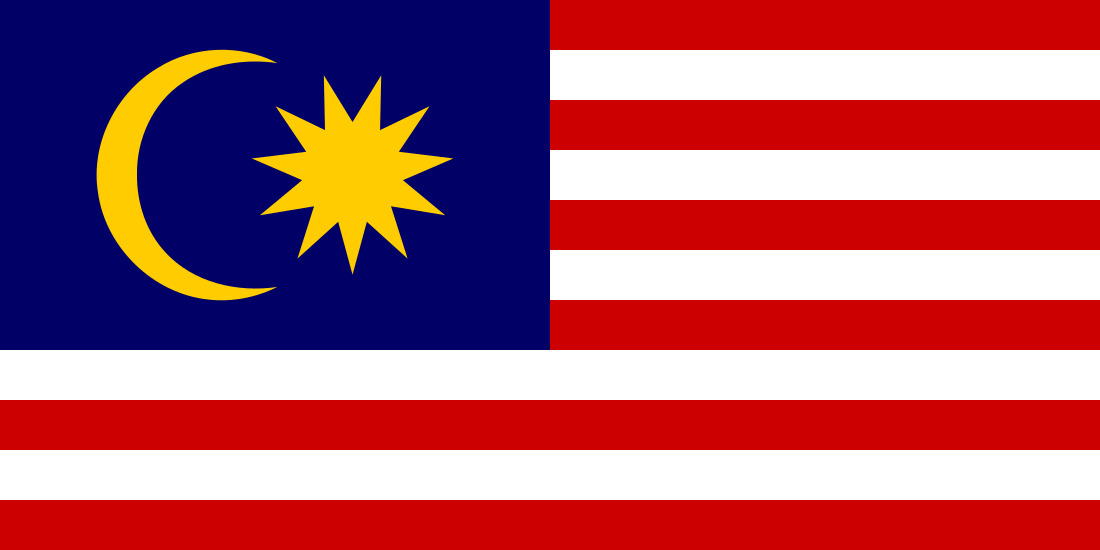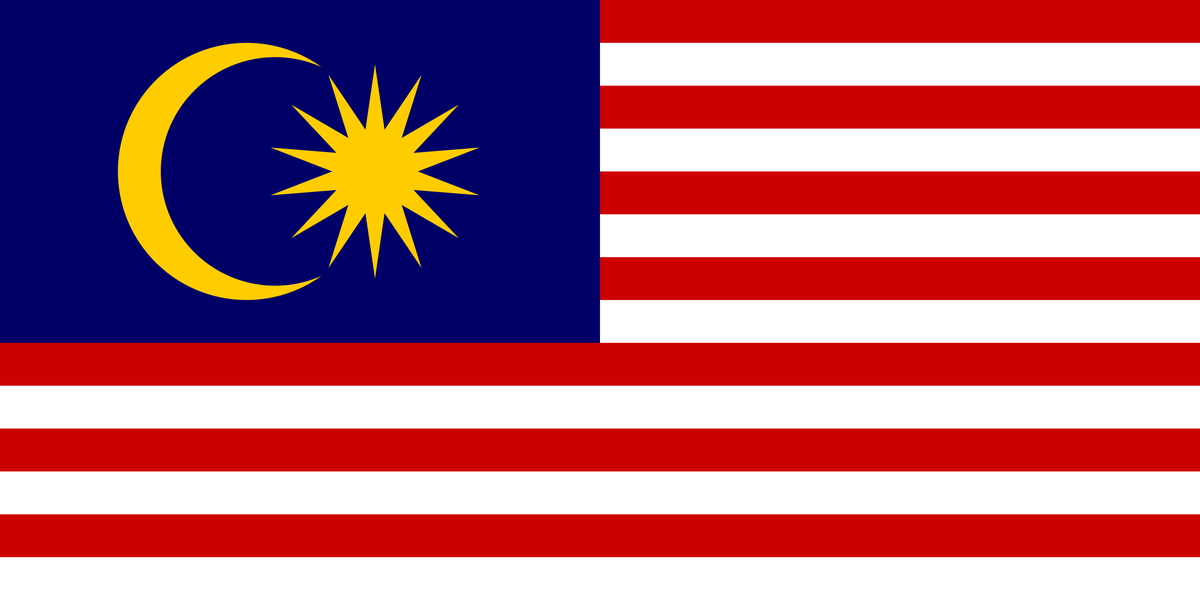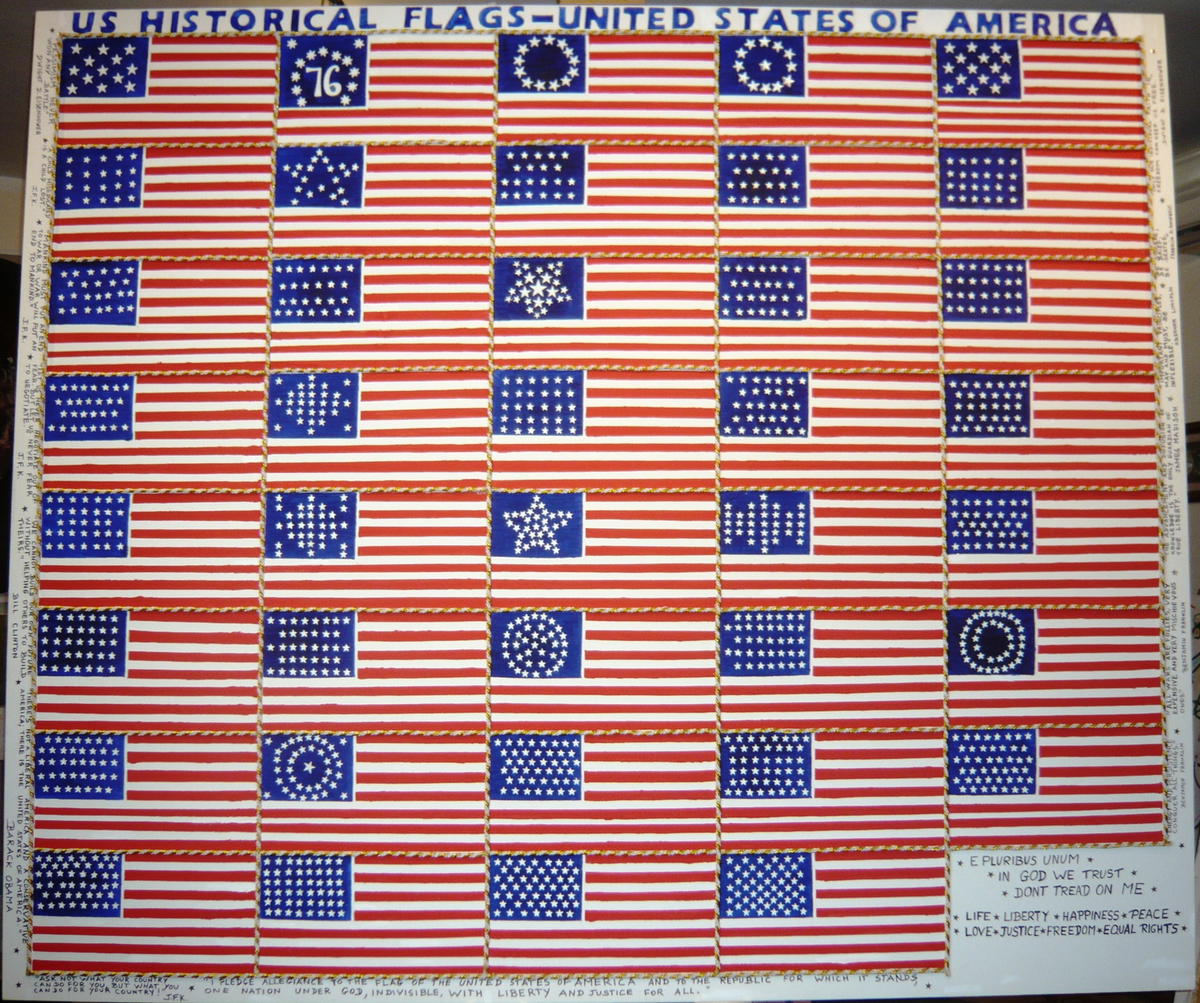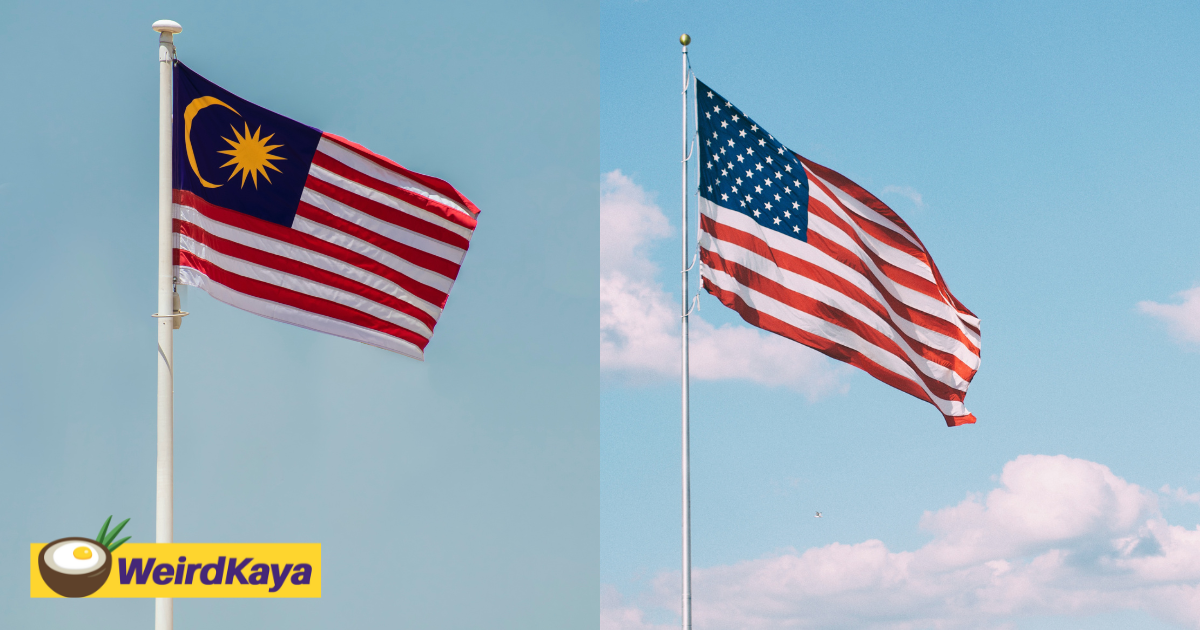Given the U.S.’s overwhelming presence in the global entertainment scene, most Malaysians are likely familiar with the American flag – a ubiquitous sight in both digital and physical media.
Interestingly, it bears a remarkable resemblance to our cherished ‘Jalur Gemilang’ and it can be traced back to both countries’ history and culture.
It all started with a design competition
Jalur Gemilang’s iconic design is all thanks to its creator, Mohamed bin Hamzah, and his use of red and white stripes, reminiscent of those on the US flag.

The flag’s inception dates back to the late 1940s when the Council of Rulers of the Federation of Malaya convened to establish an official flag, where three designs made it to the final stage.

Out of 373 participants, Mohamed bin Hamzah’s artwork was ultimately chosen after garnered the highest number of votes through a public voting process conducted by the Malay Mail newspaper.
The final design, which was approved in 1950 and used until 1963, featured eleven alternating red and white stripes with a blue quarter, a crescent star, and eleven concentric yellow dots.

The evolution of Jalur Gemilang
However, the flag’s evolution didn’t stop there. The color scheme was changed to incorporate royal Malay colors, while the number of stars and stripes were adjusted to represent the 14 states after Sabah and Sarawak joined Malaysia in 1963.

Interestingly, the design’s roots can be traced to the Majapahit kingdom’s emblem, where it features lines of red and white stripes.
These dual-coloured stripes also paid homage to Malaysia’s maritime realm, which held a significant place in the hearts of seafarers across the archipelago.
Additionally, the star and moon emblem drew its inspiration from the Johor state flag, where it symbolised ties to the Ottoman Turks and Sultan Abu Bakar’s historic meetings with Caliph Abdul Hamid II.

How about the U.S. flag?
On the other side of the world, the U.S. has its own narrative, where it’s closely tied to the its journey to independence.
The original design featured nine stripes found on the East India Company (EIC) flag, which gained popularity among American freedom fighters.

Following the historic Boston Tea Party protest against EIC’s monopolies and taxes, the flag became a symbol of defiance. After the U.S. gained independence, the flag evolved to incorporate thirteen stars representing the original colonies.
As for the blue square and the stars, it was meant to symbolise unity and freedom and eventually a total of 50 stars were added to the flag as more territory was being added to the nation.

While the flag design of Malaysia and the U.S.’ are quite different from each other, both embody the blood, sweat, and tears of those who fought to shake off the shackles of colonialism and to establish an entirely new nation of their own.
Happy 66th Independence Day, Malaysia! Merdeka!
READ ALSO:



